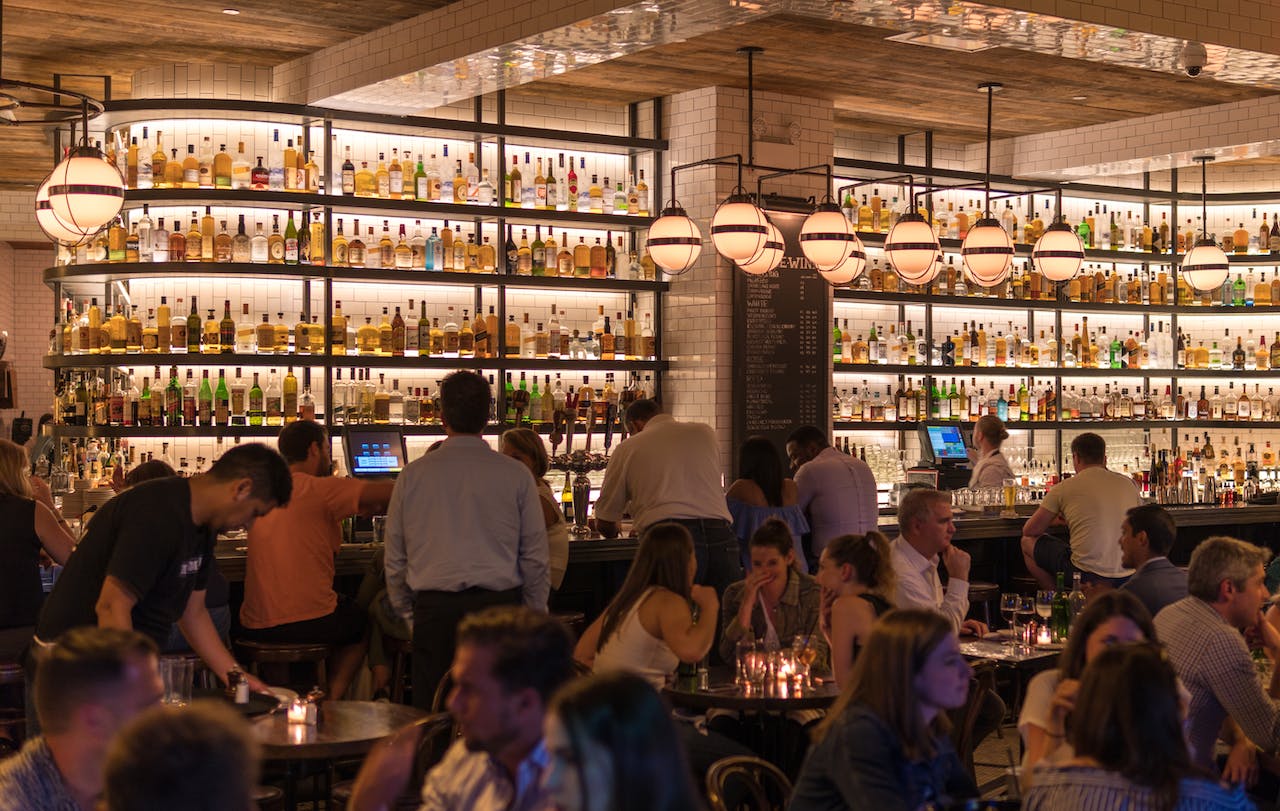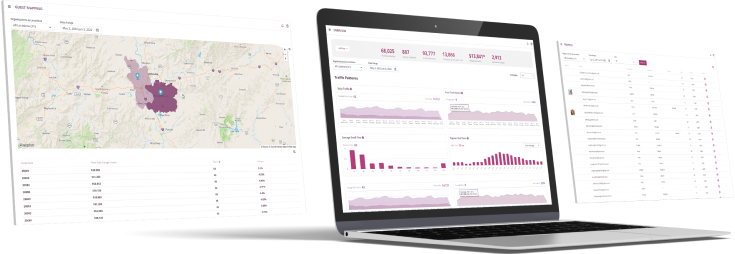SAVE TIME, INCREASE CUSTOMER LIFETIME VALUES, CREATE NEW CUSTOMERS
What our happy customers
are saying
Restaurant Marketing FAQs
What is the best marketing strategy for restaurants?
Of all the restaurant marketing strategies, perhaps the most effective strategy is using a WiFi marketing and analytics platform. It allows you to collect customer contact information, segment your customer list, create targeted, personalized messaging, and remarket to them for maximum results.
What is restaurant remarketing?
Restaurant remarketing is a powerful way to connect with visitors to your website or customers who have logged into your WiFi. It allows you to send targeted advertising, and behavior-driven promotions to those people through online advertising or email marketing. It’s a key marketing concept that should be a primary focus of restaurant owners and marketers.
What is restaurant marketing segmentation?
Restaurant customer segmentation refers to the process of subdividing a customer base into specific groups based on similar demographics, psychographics, and/or various behavior data points. This information can guide restaurant marketing professionals when developing new marketing campaigns for each group or optimizing existing ones to personalize the customer experience online or at their physical locations.
How do you use smart coupons to market a restaurant?
The best and easiest way to implement and maintain a digital smart coupon program is to use a WiFi marketing and analytics platform like Bloom Intelligence. The platform allows you to easily create and send customers a unique, one-time-use code that they can redeem on their next visit. The coupon is stored on their mobile device.














